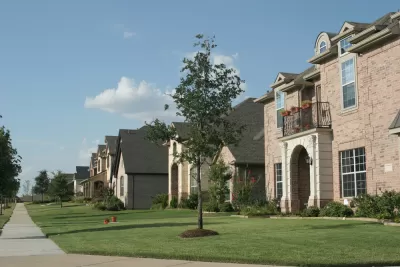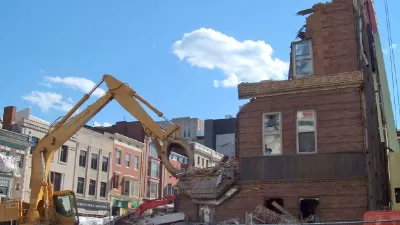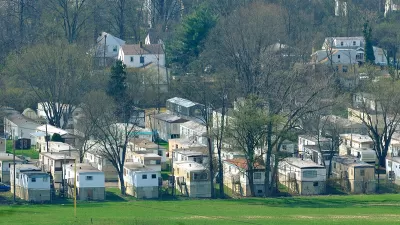Demolitions in residential neighborhoods have increased quickly in Austin, as property owners upgrade their homes to contemporary layouts. Community Impact newspaper investigates the trend.

"Under the economic pressure of Austin’s rapid growth, the traditional housing stock in the city’s central neighborhoods is crumbling to bulldozers and wrecking balls at an accelerated rate," according to an article by Christopher Neely.
Neely is reporting an analysis by the Community Impact Newspaper, which found that 1,773 demolitions of residential properties occurred between 2010 and 2017. "By comparison, 1,900 similar demolitions occurred between 1980 and 2009," according to Neely. Demolitions tend to replace smaller homes with larger ones. Included in the article are quotes attributed to Austin Councilmember Kathie Tovo, who describes the demolitions as a "terrible trend." The policy and political landscape of the city, however, makes slowing the pace of demolitions very difficult, according to the article.
Supplementing Neely's explanation of the study is an interactive map illustrating the demolition data.
FULL STORY: 7 years’ worth of Central Austin home demolitions on track to exceed numbers for the previous 30

Americans May Be Stuck — But Why?
Americans are moving a lot less than they once did, and that is a problem. While Yoni Applebaum, in his highly-publicized article Stuck, gets the reasons badly wrong, it's still important to ask: why are we moving so much less than before?

Using Old Oil and Gas Wells for Green Energy Storage
Penn State researchers have found that repurposing abandoned oil and gas wells for geothermal-assisted compressed-air energy storage can boost efficiency, reduce environmental risks, and support clean energy and job transitions.

Placekeeping: Setting a New Precedent for City Planners
How a preservation-based approach to redevelopment and urban design can prevent displacement and honor legacy communities.

San Francisco’s Muni Ridership Grew in 2024
The system saw its highest ridership since before the Covid-19 pandemic, but faces a severe budget shortage in the coming year.

Colorado Lawmakers Move to Protect BRT Funding
In the face of potential federal funding cuts, CDOT leaders reasserted their commitment to planned bus rapid transit projects.

Safe Streets Funding in Jeopardy
The Trump administration is specifically targeting bike infrastructure and other road safety projects in its funding cuts.
Urban Design for Planners 1: Software Tools
This six-course series explores essential urban design concepts using open source software and equips planners with the tools they need to participate fully in the urban design process.
Planning for Universal Design
Learn the tools for implementing Universal Design in planning regulations.
Heyer Gruel & Associates PA
City of Moreno Valley
Institute for Housing and Urban Development Studies (IHS)
City of Grandview
Harvard GSD Executive Education
Salt Lake City
NYU Wagner Graduate School of Public Service
City of Cambridge, Maryland





























